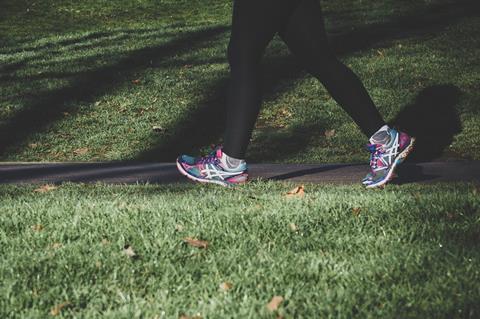
Health campaigners have called on the new government to introduce labelling telling consumers how much exercise they would need to do to burn off the calories in food and drink items.
It comes after research from Loughborough University suggested that labelling food with physical activity calorie equivalence (PACE) information, showing how many minutes of physical activity were needed to burn off the calories in a product, could reduce the number of calories consumed.
The current government had said it would look at a new system of health labelling post-Brexit, with other plans being considered including teaspoon labels showing the amount of sugar in food and drink.
However, the new review, which looked at 14 different trials, found that PACE labelling was associated with the consumption of 80 to 100 fewer calories per daily average intake when compared with other types of food labelling. The researchers suggested this could reduce consumption by around 200 calories per day.
If such labelling was introduced it would show how a fizzy drink containing 138 calories would take 26 minutes of walking or 13 minutes of running to burn off.
Amanda Daley, professor of behavioural medicine at Loughborough University, said: “The evidence shows that even a relatively small reduction in daily calorie intake (100 calories) combined with a sustained increase in physical activity is likely to be good for health and could help curb obesity at the population level. PACE labelling may help people achieve this.
“It is a simple strategy that could be easily included on food/drinks packaging by manufacturers, on shelving price labels in supermarkets, and/or in menus in restaurants/fast food outlets.
“Public health agencies may want to consider the possibility of including policies to promote it as a strategy that contributes to the prevention and treatment of obesity and related diseases.”
The Royal Society for Public Health said the research pointed to a new way to encourage healthier choices.
“We welcome this new research, which builds the case for introducing activity equivalent food labelling,” said RSPH deputy CEO Duncan Stephenson.
“Our own research showed that using this type of labelling did make people think twice about the calories they were consuming, and when compared with other forms of labelling, people were over three times more likely to indicate that they would undertake physical activity.
“This type of labelling really does put an individual’s calorie consumption in the context of energy expenditure, and knowing how out of kilter we sometimes are, this partly explains the record levels of obesity we face.
“We would like to see further research to test if the effect on calorie consumption is sustained when PACE labelling is applied in other settings such as restaurants and supermarkets.
“Although the difference PACE labelling makes may seem small, these small changes can make a big overall difference to calorie consumption, and ultimately weight gain.”







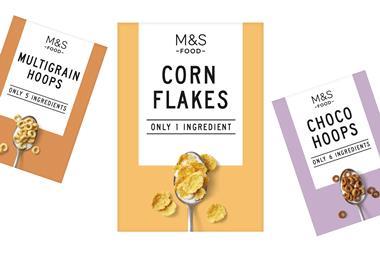

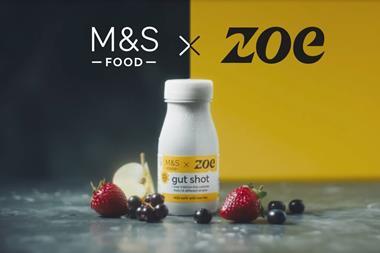
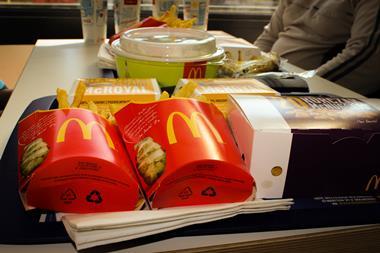


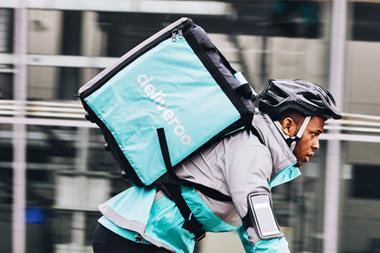
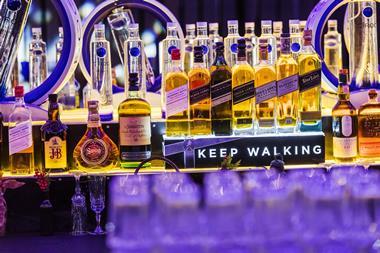




No comments yet